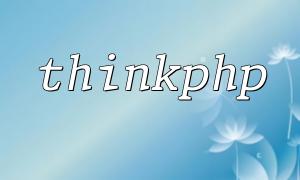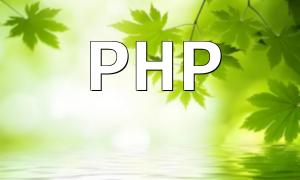In the digital age, website loading speed and performance directly affect user experience and search engine rankings. A Content Delivery Network (CDN) accelerates access by caching and distributing content across multiple global nodes, reducing latency and improving speed.
CDNs cache static resources such as images, JavaScript, and CSS files, delivering content from the server node nearest to the user. This not only reduces the load on the origin server but also significantly improves page load times.
PHP, as a server-side scripting language, primarily generates dynamic content. Integrating PHP with CDN can enhance website performance in multiple ways.
Although CDNs mainly serve static content, with proper configuration, some dynamic content can be cached. For example, HTML pages generated by PHP can be cached on the CDN to speed up subsequent requests.
// Set page cache
header("Cache-Control: public, max-age=3600"); // Cache the page for one hour
echo "Welcome to our website"; // Dynamically generated content
When uploading and processing images via PHP, using CDN for storage and distribution helps reduce load times and server strain.
// Referencing images via CDN link
Images uploaded to the CDN should use modern formats like WebP and be compressed to reduce file size, speeding up loading times.
Key strategies to optimize website performance by combining CDN and PHP include:
Caching both static and some dynamic content to shorten response times;
Optimizing image formats and compression for efficient delivery;
Continuously monitoring CDN performance and traffic to adjust strategies as needed.
By implementing these practices, website performance will improve significantly, offering a smoother user experience and better search engine rankings.









